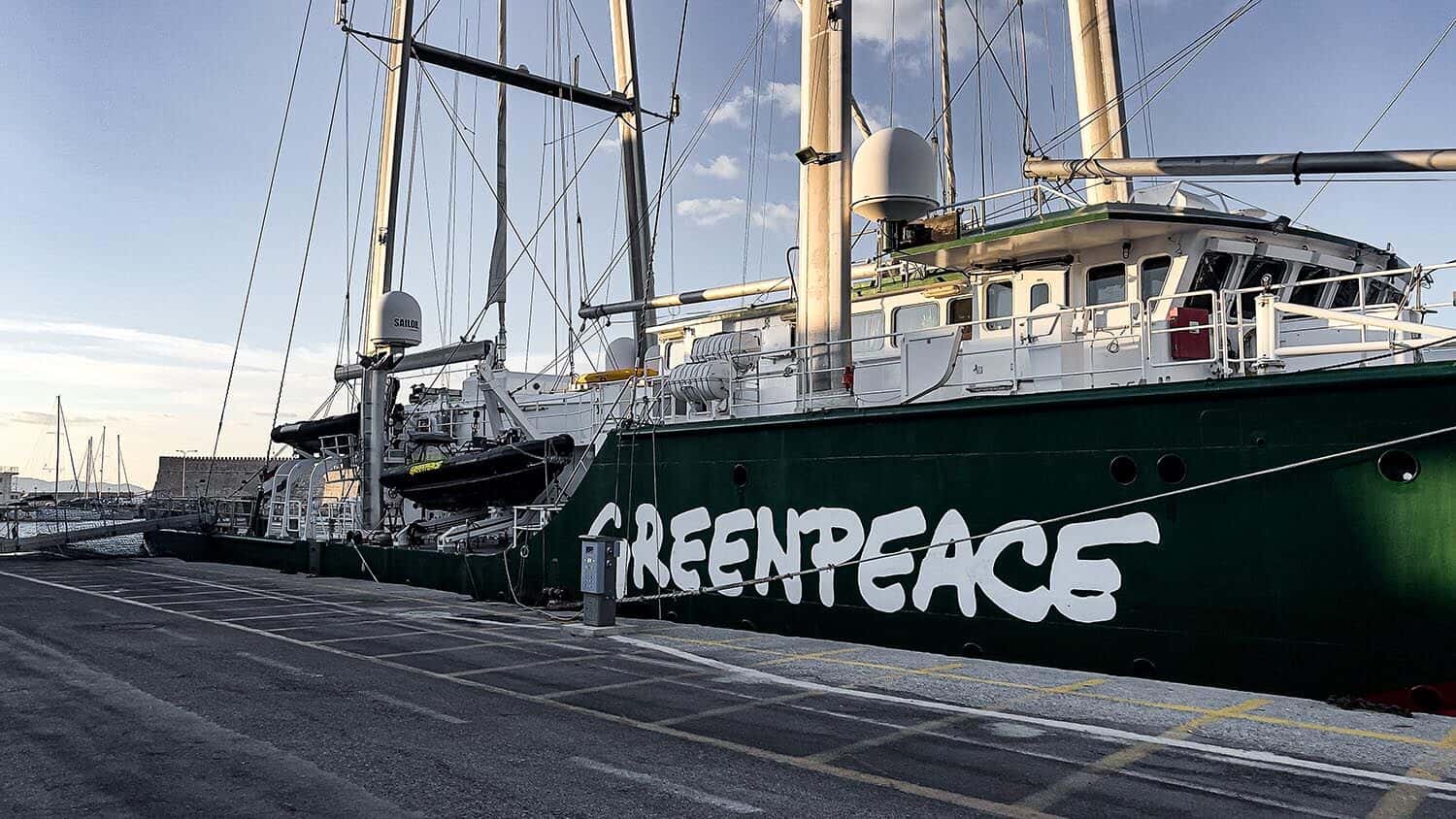Image Credit – Patrick Federi
The UK sewage scandal is messier than we thought
The recent sewage issues on the UK coasts continue to be a huge topic of conversation right now. Raw sewage is being dumped into local seas and rivers due to overwhelmed local systems from recent rainfall. Dubbed the ‘sewage scandal’, around 90 beaches have been affected so far this year.
I’m sad to say that sewage plaguing UK rivers and oceans isn’t a new phenomenon. The environmental charity Surfers Against Surfers (SAS)[1] reported that there were over 400,000 discharges of untreated sewage into UK rivers and almost 5,500 discharges into UK coastal bathing waters in 2020.
Unsuitable waters
A good portion of Brits use local bathing waters such as beaches and rivers for recreational use every year. But when swimming in sewage-polluted waters, there is a risk of catching ear, nose and throat infections, skin infections, and even e-coli.
Unfortunately, as only 3% of bathing waters in the UK are inland, there is no way to determine the full extent this scandal is having on people’s health. To minimise risk, it is important to do your own research before going to visit any bathing waters. To keep up to date with local UK water quality, SAS provide the only real-time map[2].
We also can’t forget that this problem impacts more than just humans. Poor water quality also reduces aquatic biodiversity and ecosystems struggle to grow and survive.
When it comes to coastal water quality, the UK consistently ranks as one of the worst European countries. Only 14% of our rivers meet good ecological status, according to the Environment Agency. It seems that sewage has taken a back seat in terms of water conservation, as other challenges such as climate change and overfishing become the focus.
The blame game
If, like me, you were unaware of the extent of this issue, you may be wondering why it has now blown up into a scandal. Brexit is the reason (sadly, unsurprisingly). Previous environmental standards and agreements set in place to protect human and marine health by the EU, have been abandoned by post-Brexit UK.
But in the grand scheme of things, who really is to blame? The Government are blaming “greedy” water companies, saying they put shareholders before customers. While it seems like the majority are blaming government incompetence.
A messy step
Speaking of which, the UK government announced the “Storm overflows discharge reduction plan”[3] on August 26th 2022. It reads that water companies will “improve all overflows” by 2035, with annual sewage discharges showing an 80% reduction by 2050.
Though at face value this seems to be a significant change to how water companies have dealt with untreated sewage. I, and many other environmentalists, don’t think this is good enough. There is still a minimum of 13 years where storm overflows can continue to dump raw sewage into our waters. For us to see thriving local waters for people and wildlife in our lifetime, there needs to be immediate action.
Therefore, community action is more important than ever to keep the pressure on the government to take the right actions and influence local conditions. Contacting your local MP[4] to adopt an action plan is a direct step to cementing the issue. There are also petitions you can sign. SAS has an active one[5] that demands to end all sewage discharge into UK bathing waters by 2030. Your voice is more important than ever to ensure safe waters for both humans and the environment.
The sewage scandal is a mess, and the UK is running out of time to fix it before the consequences are irreversible
[2] https://www.sas.org.uk/map/
[3] https://www.gov.uk/government/publications/storm-overflows-discharge-reduction-plan
[4] https://www.sas.org.uk/EndSewagePollution-EmailMP
[5] https://www.sas.org.uk/bathingriverspetition/
Natalie Latham – Author
07/20/2022





